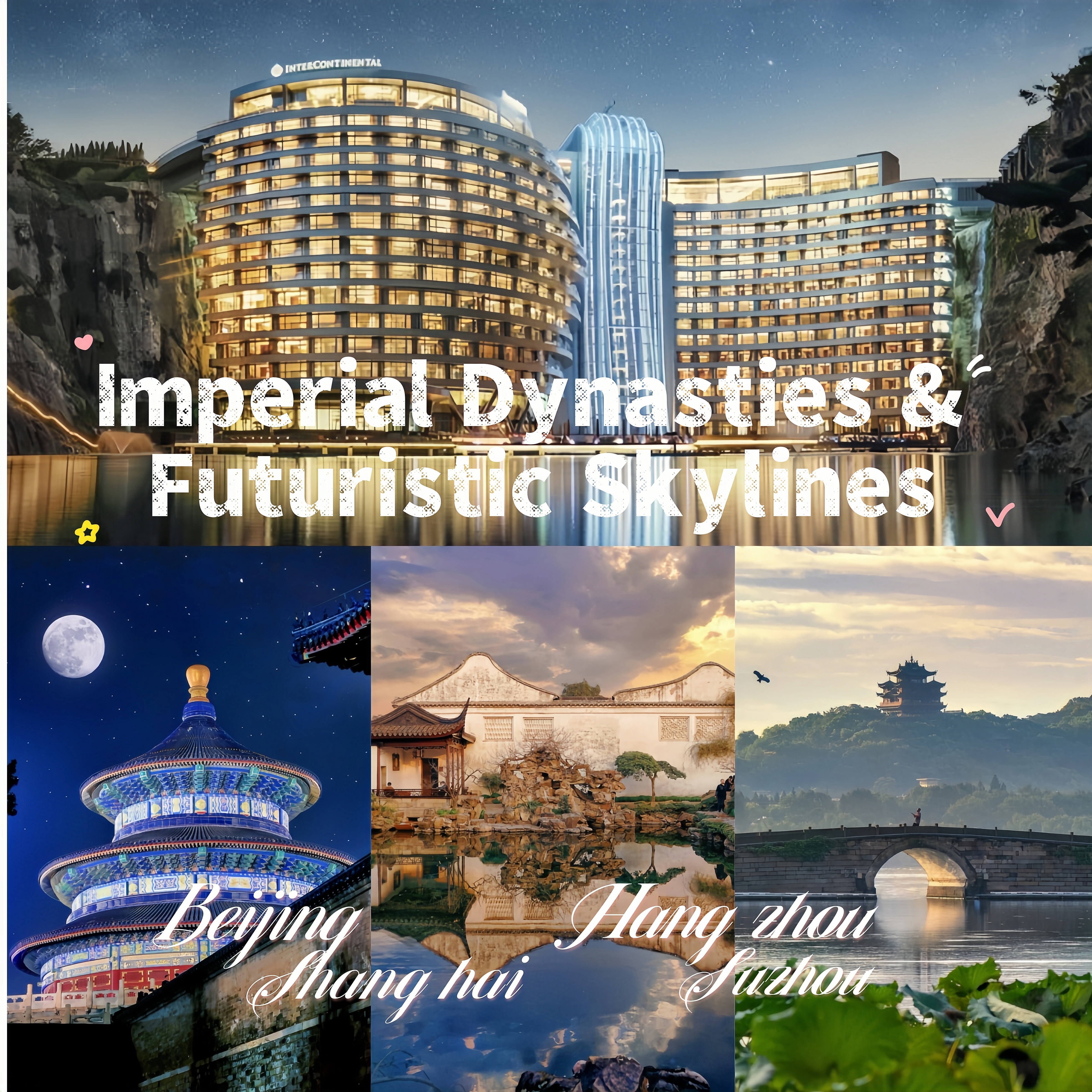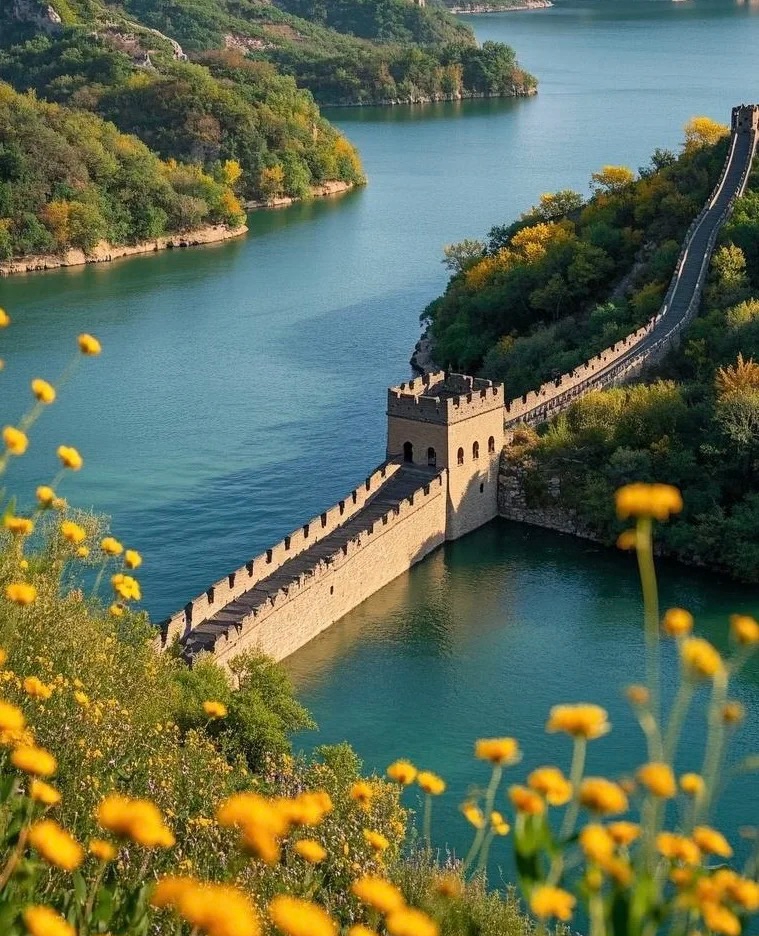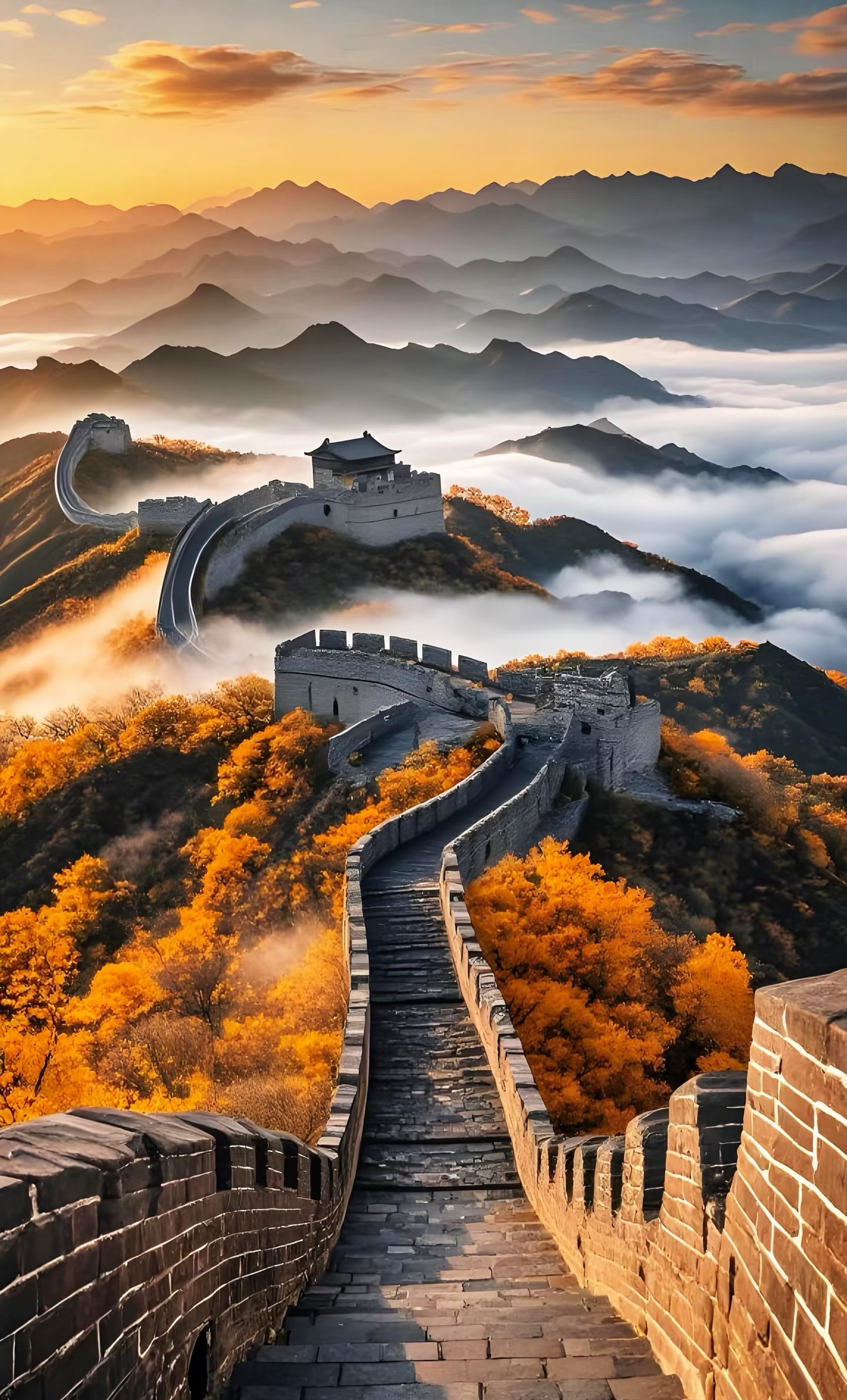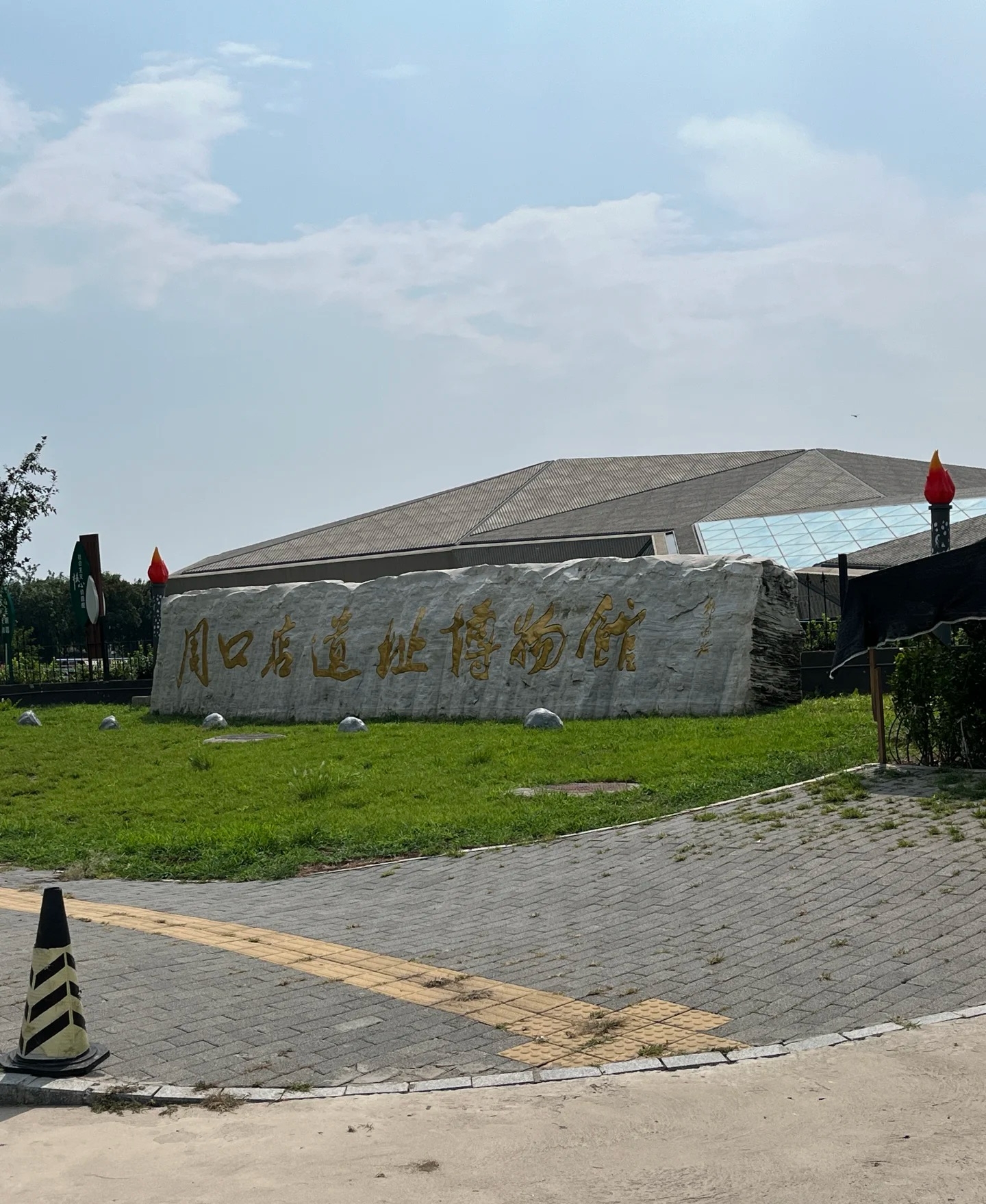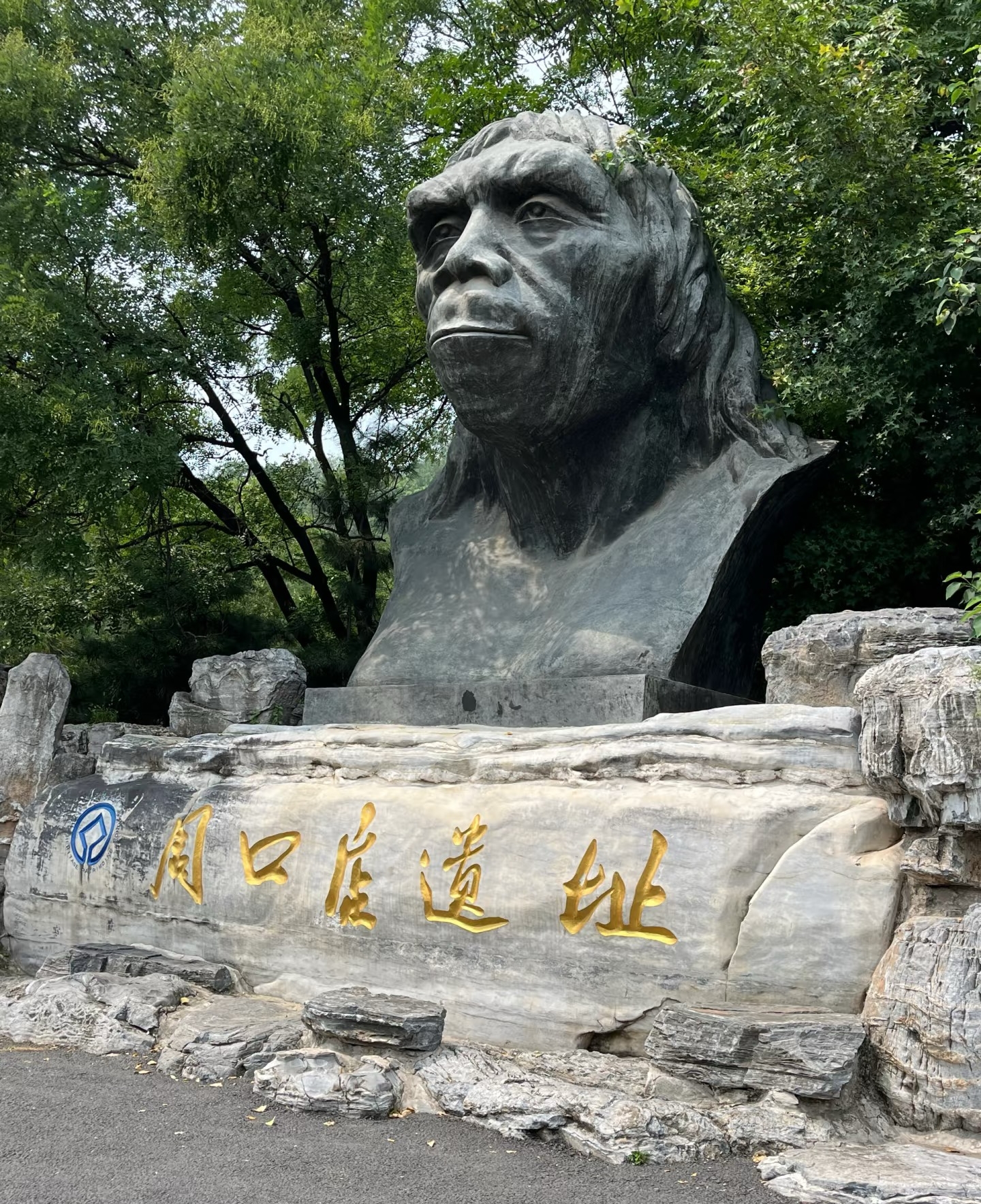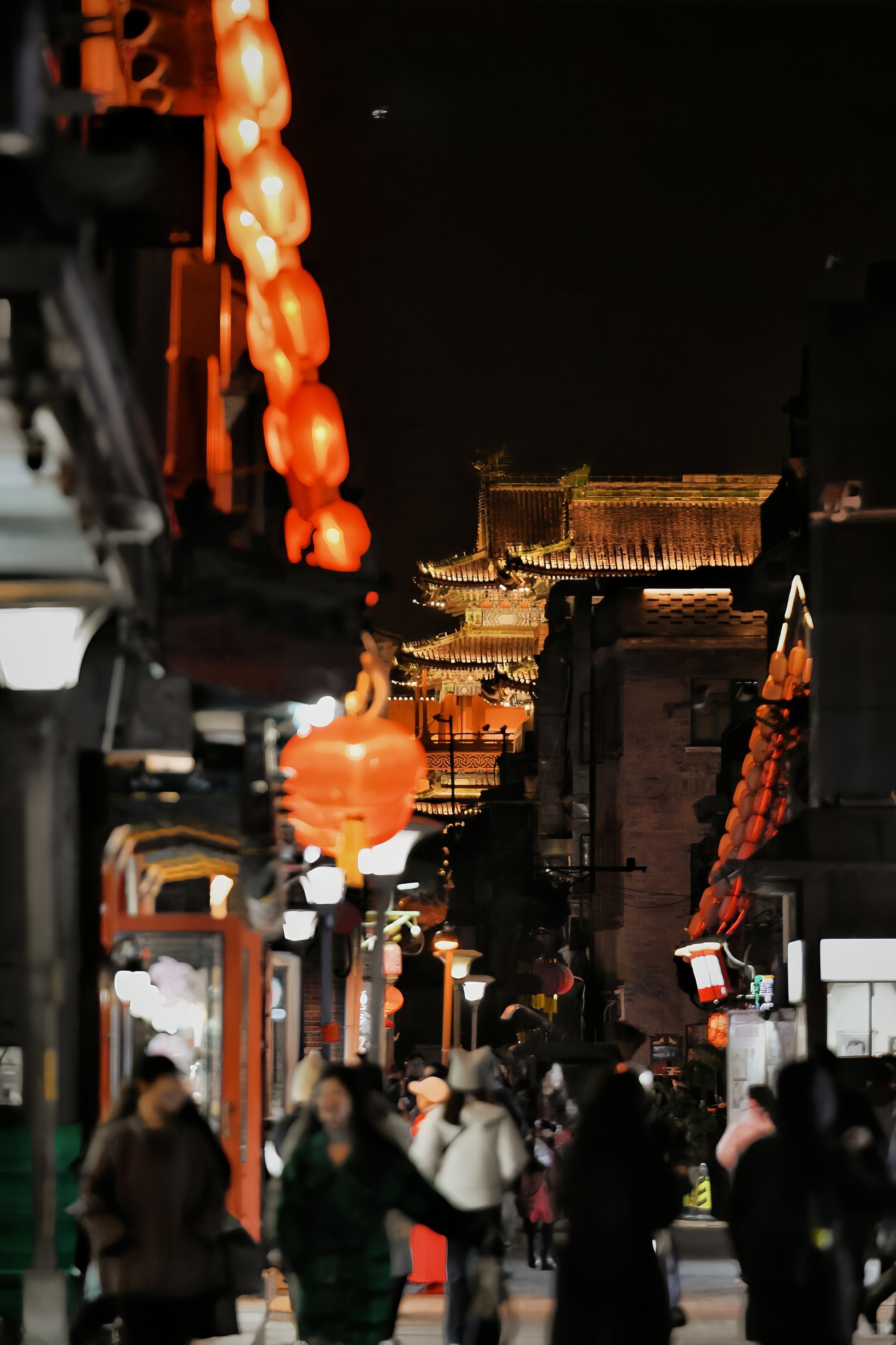

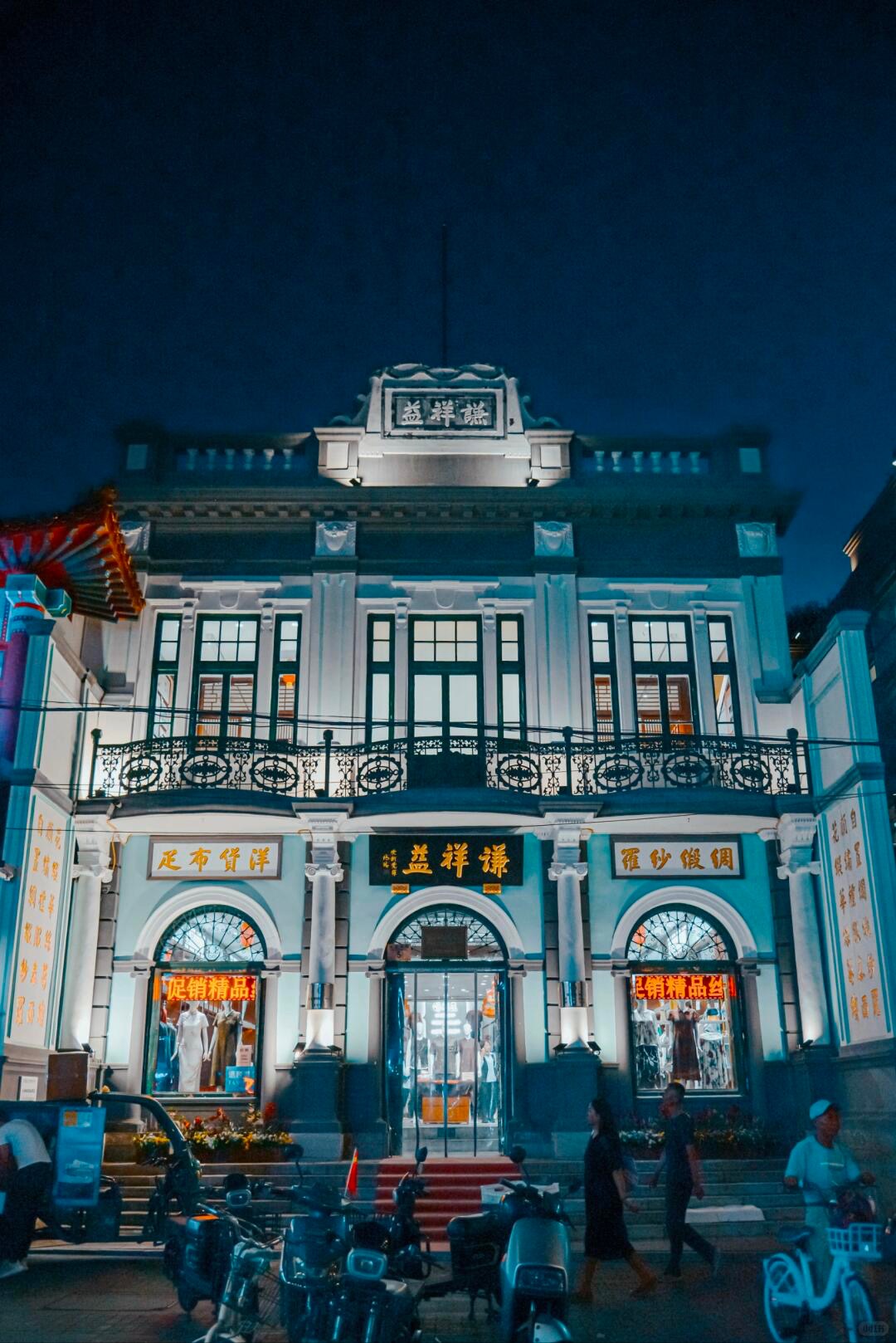
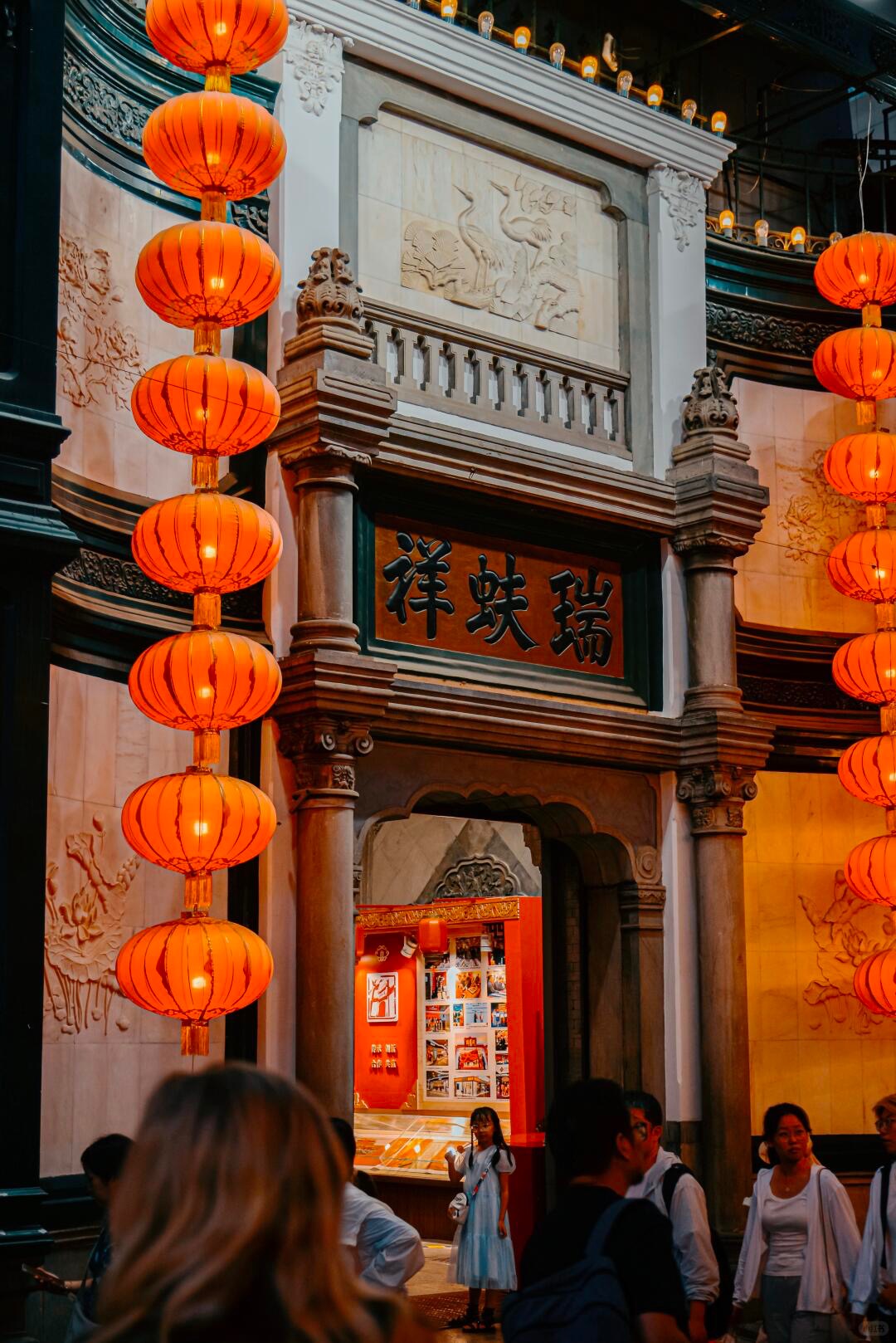
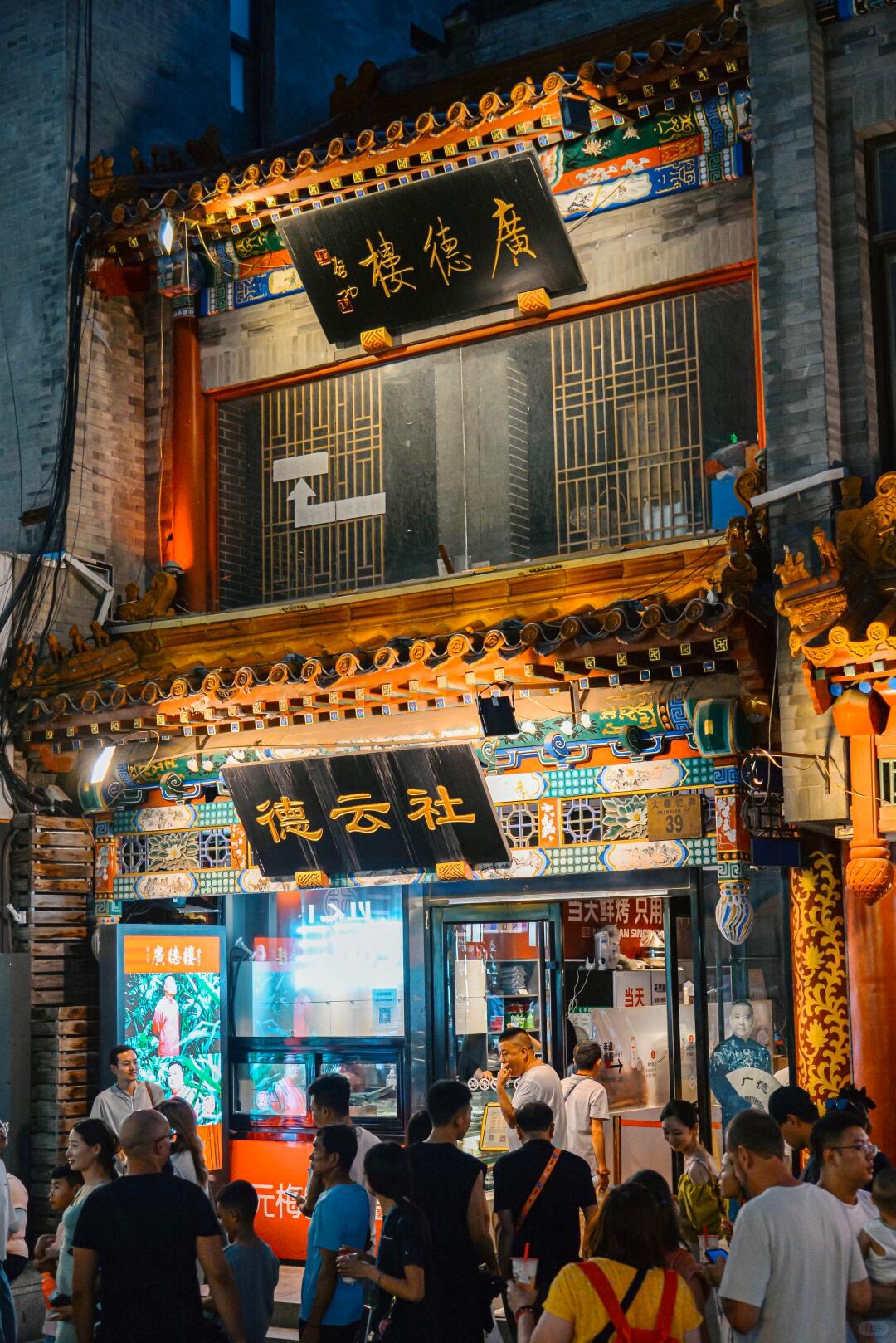
Dashilar
A 500-year-old cultural history district. Daguaren Street was originally called Liangfang Fourth Lane and has a history of nearly 500 years. It is also one of the first batches of Chinese historical and cultural districts in Xicheng District. It‘s a traditional commercial area in Beijing, formerly known as "Four Courtyards Lane."Daguaren was first built in the 14th year of the Yongle era of the Ming Dynasty (1420). At that time, it was called Liangfang Fourth Lane; in the first year of Hongzhi of the Ming Dynasty (1488), a fence was set up at the entrance of the alley, so it was renamed "Daguaren". Historically, it was home to century-old brands such as Tongrentang, Ruifuzhao, and Renlinseng, which covered industries including medicine, silk, and shoes and hats, forming a commercial pattern known as "top is Ma Juyuan, bottom is Renlinseng." The street once had five opera theaters and Beijing's earliest cinema, Da Guanlou, and had both commercial and entertainment functions.
Information
Ticket price
Time
Location
Dashilar St, Xicheng District, Beijing, China
View maps
More about the trip
Dashilar: Beijing's Historic Commercial and Cultural District
Dashilar is a 500-year-old cultural history district located just south of Tiananmen Square in Beijing. It is a traditional commercial area, formerly known as "Four Courtyards Lane." Dashilar was first built in the 14th year of the Yongle era of the Ming Dynasty (1420). At that time, it was called Liangfang Fourth Lane; in the first year of Hongzhi of the Ming Dynasty (1488), a fence was set up at the entrance of the alley, so it was renamed "Daguaren." Historically, it was home to century-old brands such as Tongrentang, Ruifuzhao, and Neiliansheng, which covered industries including medicine, silk, and shoes and hats, forming a commercial pattern known as "top is Ma Juyuan, bottom is Renlinseng." The street once had five opera theaters and Beijing's earliest cinema, Da Guanlou, and had both commercial and entertainment functions. Today, it offers a fascinating blend of traditional charm and modern commerce.
What to See and Do
Explore Traditional Shops: Wander through the narrow alleys and discover numerous century-old Chinese brands that have their flagship stores here, such as Tongrentang (traditional Chinese medicine), Ruifuxiang (silk), and Neiliansheng (traditional shoes). These shops offer authentic Chinese products and craftsmanship.
Historical Architecture: Admire the traditional Beijing architecture, with its grey brick walls, wooden doors, and intricate details. The area has preserved its historical charm while offering modern amenities.
Local Snacks and Cuisine: Dashilar is a great place to sample traditional Beijing snacks and street food. You can find various local delicacies, from savory pancakes to sweet pastries.
Da Guanlou Cinema: Visit Beijing's earliest cinema, Da Guanlou, which has been restored and continues to operate, offering a glimpse into the history of Chinese cinema.
Cultural Performances: You might encounter street performers, traditional musicians, or folk artists, adding to the lively ambiance of the street.
Night Views: Dashilar is particularly enchanting at night when the traditional buildings are illuminated, creating a warm and inviting atmosphere.
Best Time to Visit
Dashilar is lively throughout the day. Evenings are particularly vibrant with illuminated shops and a bustling atmosphere. Spring and autumn offer the most pleasant weather for outdoor exploration. The district is open year-round.
How to Get There
Dashilar is located in Xicheng District, just south of Tiananmen Square. Take Metro Line 2 to Qianmen Station (前门站), Exit C. The district is a short walk from the station.
Travel Tips
Wear comfortable shoes: You'll be doing a lot of walking on stone-paved streets.
Come hungry: There's an endless array of food options to try.
Bargain: In smaller shops, especially for souvenirs, bargaining might be possible.
Combine with Qianmen Street: Dashilar is adjacent to Qianmen Street, making it easy to visit both iconic landmarks together.

